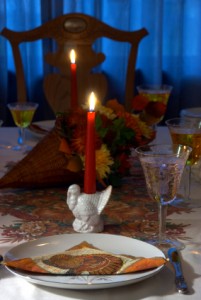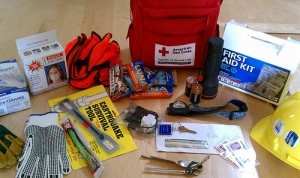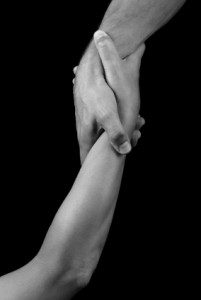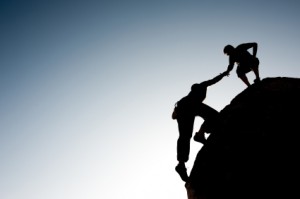 Ah, Thanksgiving. Now we’re really into the holidays, aren’t we? Thanksgiving can be a warm and nurturing reunion of family and friends, replete with good food, gratitude, and love.
Ah, Thanksgiving. Now we’re really into the holidays, aren’t we? Thanksgiving can be a warm and nurturing reunion of family and friends, replete with good food, gratitude, and love.
Or not.
Sometimes Thanksgiving can drum up anxiety, stress, depression, and a host of other emotions we would rather avoid. Here are just a few Thanksgiving scenarios and suggestions for bouncing back if your holiday is not-so-happy.
Being alone
Some folks really enjoy being alone and avoiding the hassle of holidays. If you are one of these people, take advantage of your free time!
If not, here are a few things to do and think about:
- Maybe it really is nice to be by yourself. If you have an extremely busy life, but have suddenly found yourself without plans for Thanksgiving, is it possible you might really like having a bit of down time alone? Take a personal holiday from your to-do list and get to that pile of books you’ve been meaning to read or learn more about that new hobby you want to take up.
- Get out. Go to your favorite restaurant or place where there are people and soak up the vibe.
- Give back. A good perspective-changer is helping those who never have a place to go during the holidays. Maybe you can volunteer at a food bank, church, or other organization that serve homeless people a fine holiday dinner.
- Gain perspective. Remember this is only one day out of the year and you never know what options will be available for you next year. And, tomorrow is a new and totally different day.
Difficult family situations
Have one of those families who always end up arguing at Thanksgiving? Or maybe Uncle Bob drinks too much every year and embarrasses everyone. Or there is the unspoken thought weighing down the day, “This is Thanksgiving and it’s the only time of the year we all get together. The food must be perfect, the décor has to be just so, and everyone WILL get along.” That kind of puts a damper on things, doesn’t it? Everyone walks on eggshells trying too hard to create the perfect day.
Some ideas:
- Focus on the positive. Look for the people in the room who are not adding to the stress. Interact with these people. Stay in the moment as you realize there is at least one person that you are enjoying.
- Stay away from game-playing. Just be yourself. If the hosts and others are buying into the “everything must be perfect” game, you don’t have to play. Crack a joke about the unspoken expectation of perfection to break the ice. You might get everyone else to follow along. And if drunk Uncle Bob starts his shenanigans aimed to push your buttons, pat him on the shoulder a few times, smile and walk off to get more pumpkin pie.
- Gain perspective. Remember, it’s only this one day. You’ll make it until tomorrow. Be on alert for your own thoughts of “This stuff happens every year; I hate it” and make the choice to find a positive to think about.
- Breathe. You know what I mean. Take a breath, let your shoulders drop from their stressed place around your ears, get some perspective.
No problems on Thanksgiving? Take extra care to enjoy!
Maybe you really do have the warm and nurturing Thanksgiving experiences. You can still apply a few of the ideas above to truly relish the day:
- Stay in the moment. This gathering doesn’t happen very often, so be sure to stay right there with the experience. Use your senses to be present: Hear the laughter of family and friends, smell the wonderful food coming from the kitchen, hug and touch your loved ones, savor the taste of the food on your tongue, and look – and really see – the people around you.
- Breathe. Breathe in: smell the delicious aromas wafting around you and take love into your heart. Breathe out: Give thanks for how blessed you are to be in this exceptional place.
Takeaway points: Thanksgiving can be wonderful or it can be a bit of a challenge. Gaining perspective, being mindfully aware, and taking action can all help you have a good holiday.
May your Thanksgiving be blessed in all ways.
Need some help with the holiday blues? I’m therapist in Los Altos, Ca. and am glad to help you bounce back from life’s challenges. Call me at 650-529-9059 or email me for an appointment or free 30-minute consultation.






